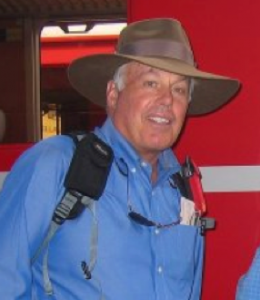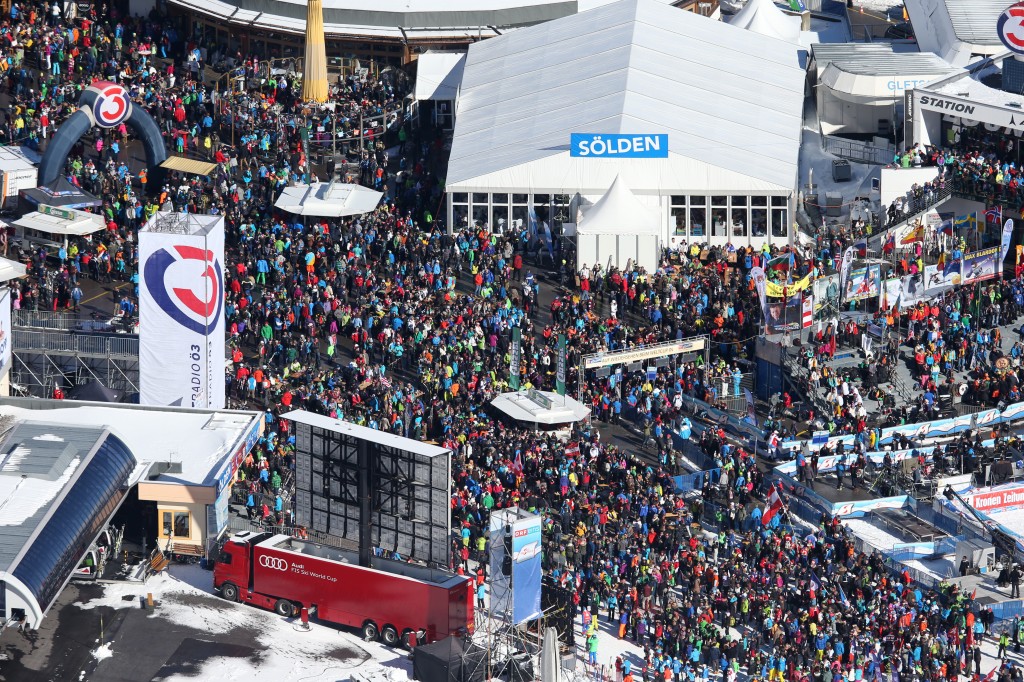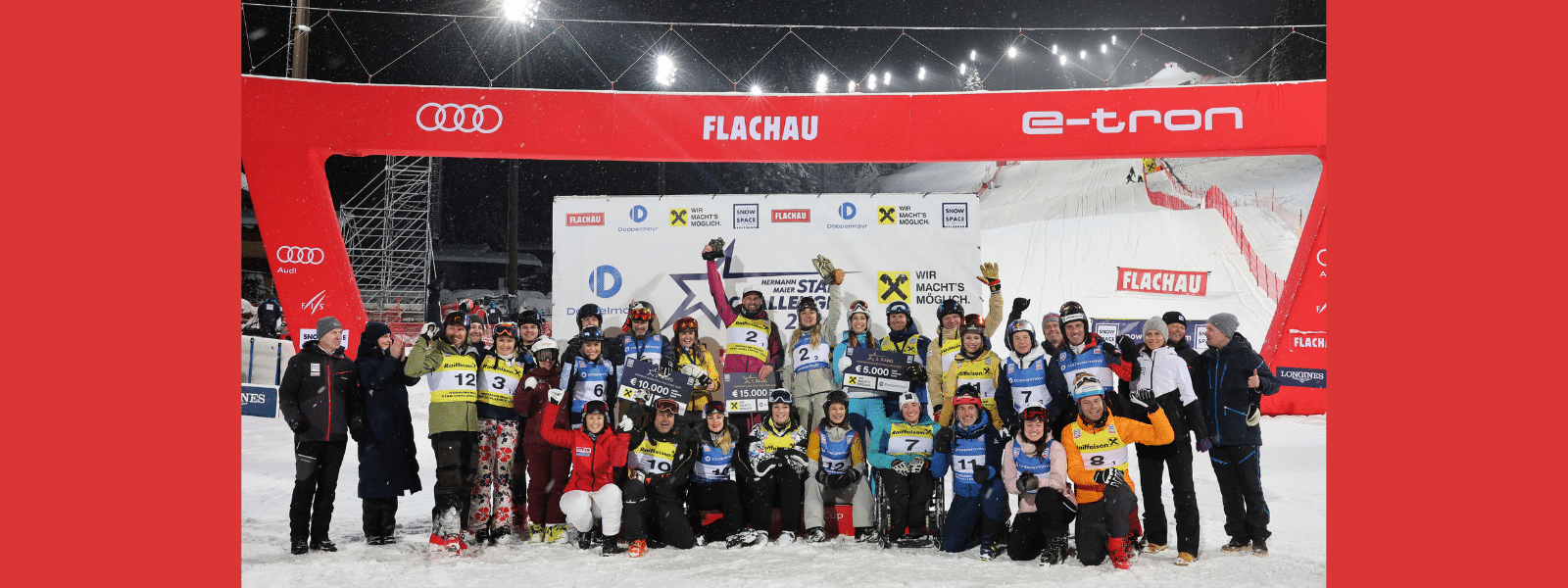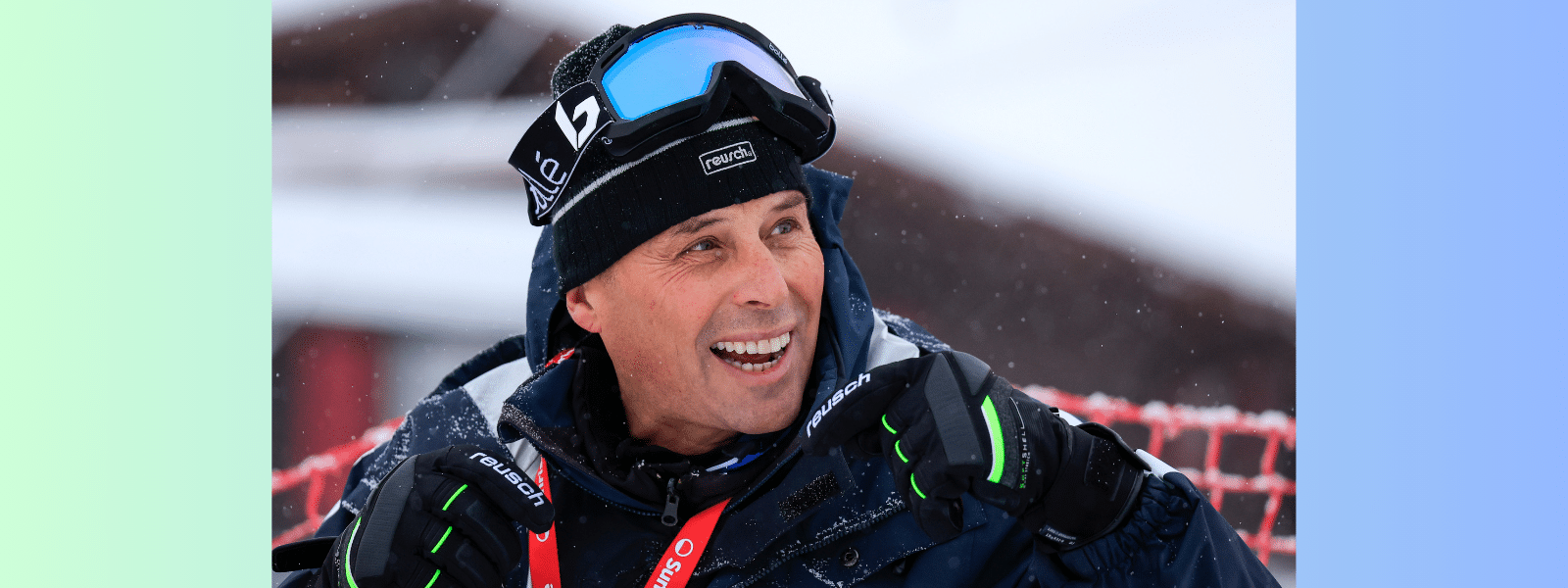Black Diamond: Lessons to be learned from Soelden
Yes, the FIS Alpine World Cup needs real help. It should start here at home.
Heading to Soelden, Austria, as the month of October winds down is tantamount to a pilgrimage. As Winnie the Pooh was drawn to honey, so too are the core members of the alpine ski racing community attracted to this once small Austrian village nestled under spiraling peaks that abut the Sud-Tyrol of northern Italy. If you are an alpine ski racing aficionado, it is a migration not to be missed.
Virtually everyone who has a role in or affection for the World Cup shows up in Soelden one or two days before the ladies kick off the season on the last full weekend of October – a Saturday morning – at 9:31 precisely. Every form of supplier – ski, goggle, clothing manufacturer, protection gear and the like – makes the winding trek up the Inn River Valley, there to meet, greet and make deals. The media, television, radio, digital and print, upwards of 250 strong, wend their way to town, zealous to learn, to forecast, to analyze the new season about to launch.
 Again this year the Austrians demonstrated that they host alpine ski races like no one else. The energy, enthusiasm and excitement that the opening World Cup generates in the days leading up to the weekend continues even as the event, now in its 21st year, matures.
Again this year the Austrians demonstrated that they host alpine ski races like no one else. The energy, enthusiasm and excitement that the opening World Cup generates in the days leading up to the weekend continues even as the event, now in its 21st year, matures.
Soelden exemplifies what alpine World Cup organizers elsewhere should emulate. From the myriad of press conferences to sponsor parties, bib draws with verve, DJ’s rocking the crowds with thumping music, the energy is palpable. Soelden is a 72-hour celebration that culminates with a fan club parade jamming the town’s main street for several hours late afternoon Saturday.
Yes, Soelden gets support from the Austrian Ski Federation and from the national and regional government. It should. Alpine skiing is Austria’s national sport and passion. Not only does the race gin up millions of television viewers globally but the town never has to worry about fans. Just look at this year. The home team did not disappoint with Marcel Hirscher taking the men’s race and Anna Fenninger tying with Mikaela Shiffrin for victory in the ladies race. Nothing like giving a ski mad nation a double victory to kick off the year.
There are lessons to be learned from the Austrians and Soelden. All too often on this side of the Atlantic there is criticism about how the World Cup is run, the calendar choices and a myriad of other problems, both real and perceived. Some, including this author, complain about the current World Cup site organization method, with its lists of musts elevating expensive costs: rooms, meals, Wi-Fi, prize money and the like, all of which are too rooted in yesteryear.
An in depth analysis of the World Cup business model is long overdue.
But beware of what you wish for. North America has World Cup races, yes, but they pale in comparison to the events put on in Austria. On this side of the Atlantic, the television audience is minuscule at best. As for fans, save the Beaver Creek Birds of Prey event, they are almost non-existent. Worrisome for the sport, North America is not alone. The same paucity of fan base is true for several of European venues as well. What saves Europe is its television audience. It more than makes up for poor on-site attendance.
After 20 plus years of stagnation, Sweden’s Niklas Carlsson is newly-appointed chairman of the FIS World Cup Committee. If he and his committee are given the freedom to develop and recommend even a handful of fresh ideas, it will be healthy for the circuit — if the FIS Council actually considers them. In the meantime, on this side of the Atlantic, both Canada and the United States should push hard to bring television rights holders out of the Dark Ages and find ways to gain far more exposure on cable, TV and the internet. Without greater exposure, alpine racing will continue to wither away. USSA’s marketing director, Michael Jaquet, is working intensely to gain rights to World Cups (all disciplines) in the U. S. and looks to be succeeding. If he does, it will be a great boost to ski sport.
While Jaquet’s effort, if fruitful, will be a very positive step, alpine skiing needs more than just increased exposure on television and cable in order to grow. The sport needs fans, not just casual or occasional viewers. Organizers need to work harder on their efforts to attract fans, as does USSA. The association needs to put more resources into World Cup events as well. It has poured money into and helped to create some of the most successful athletes in skiing. But it has not been able to leverage that success to create a dynamic fan following. That has to change both here and in Canada. Otherwise, a North American alpine World Cup or two could drift away from these shores all too quickly.






















